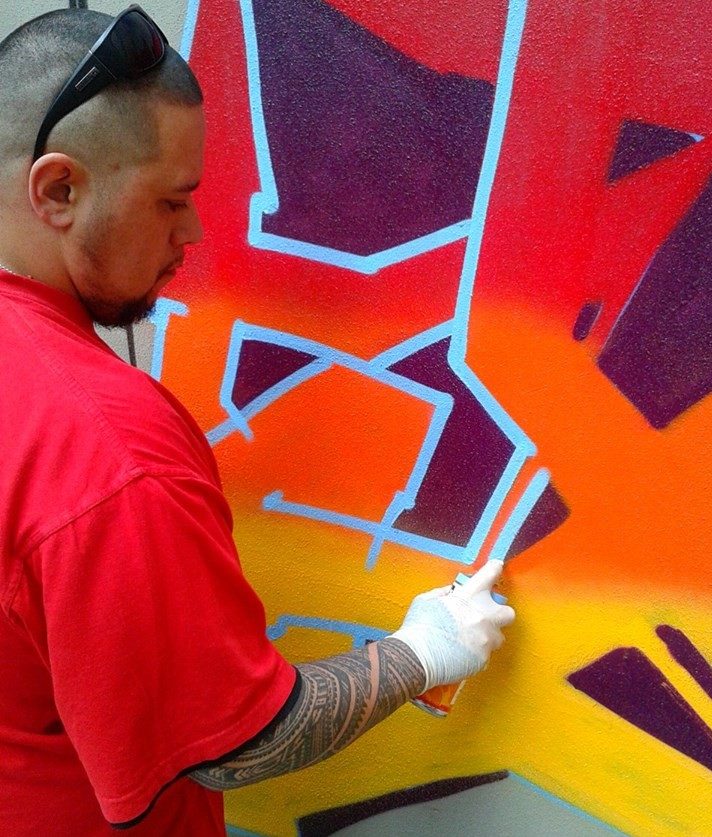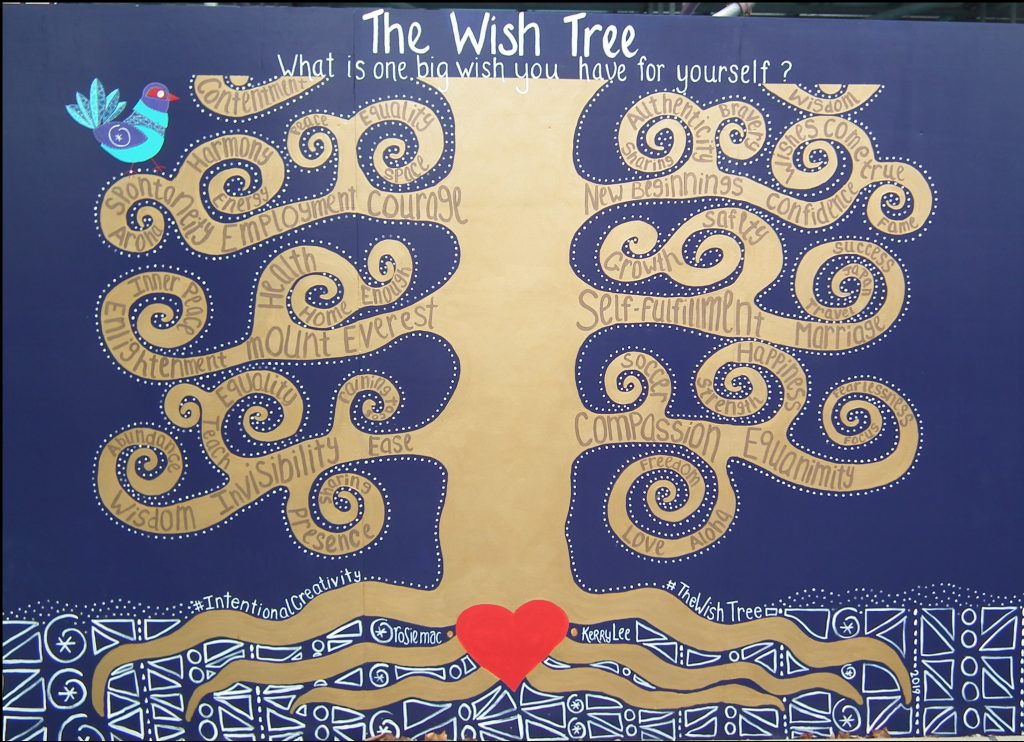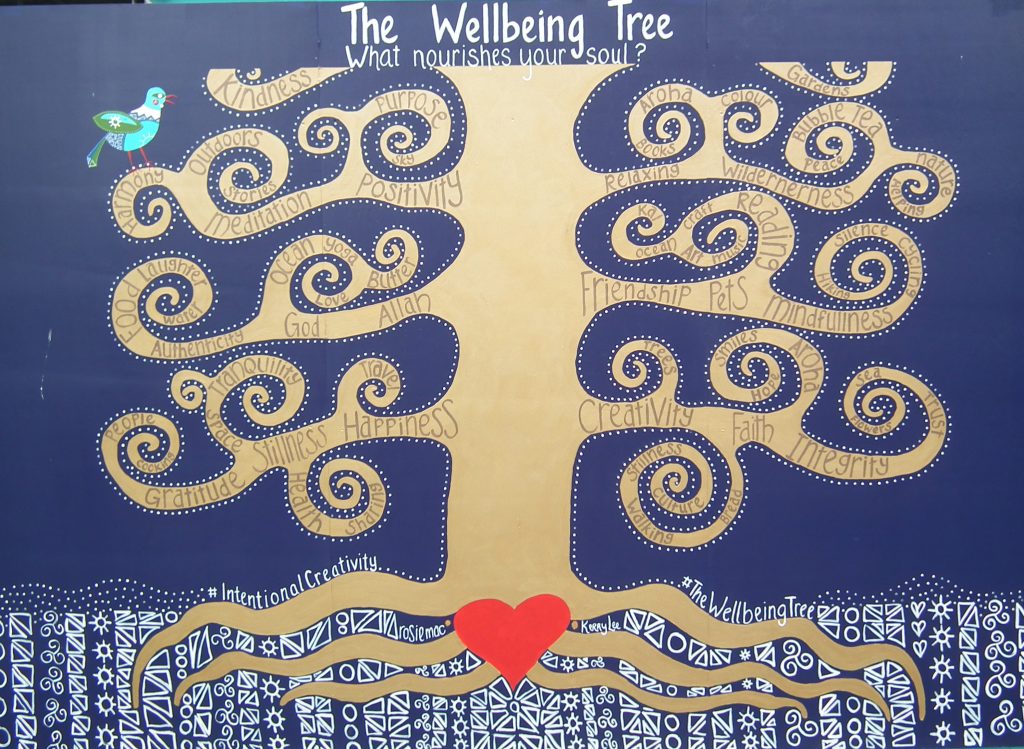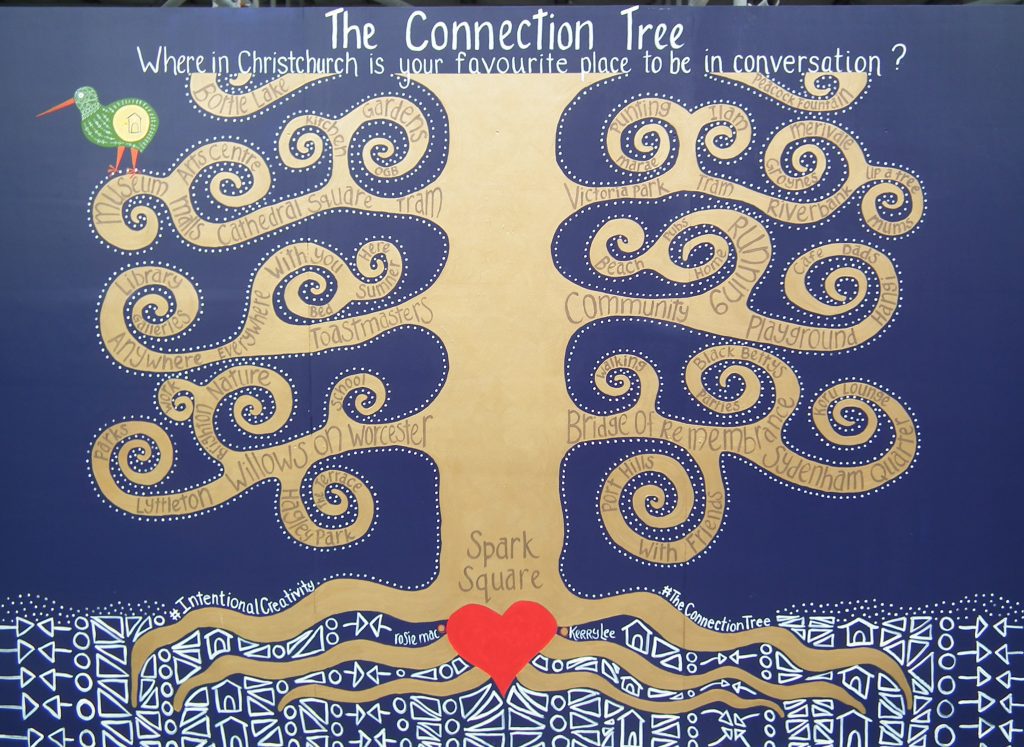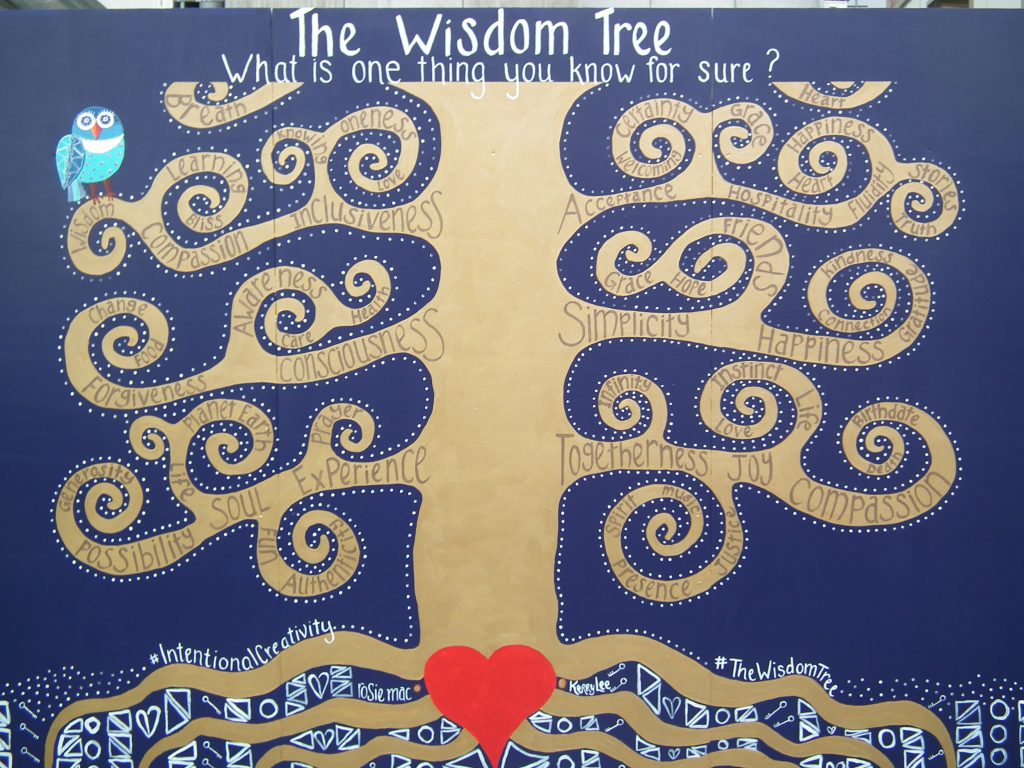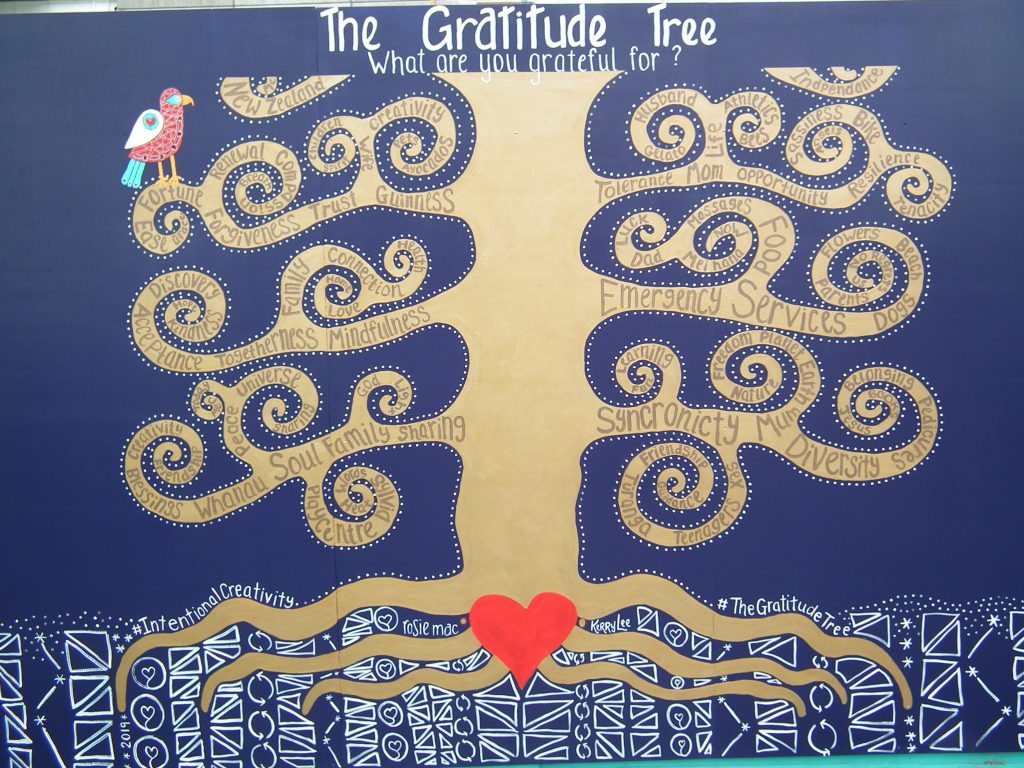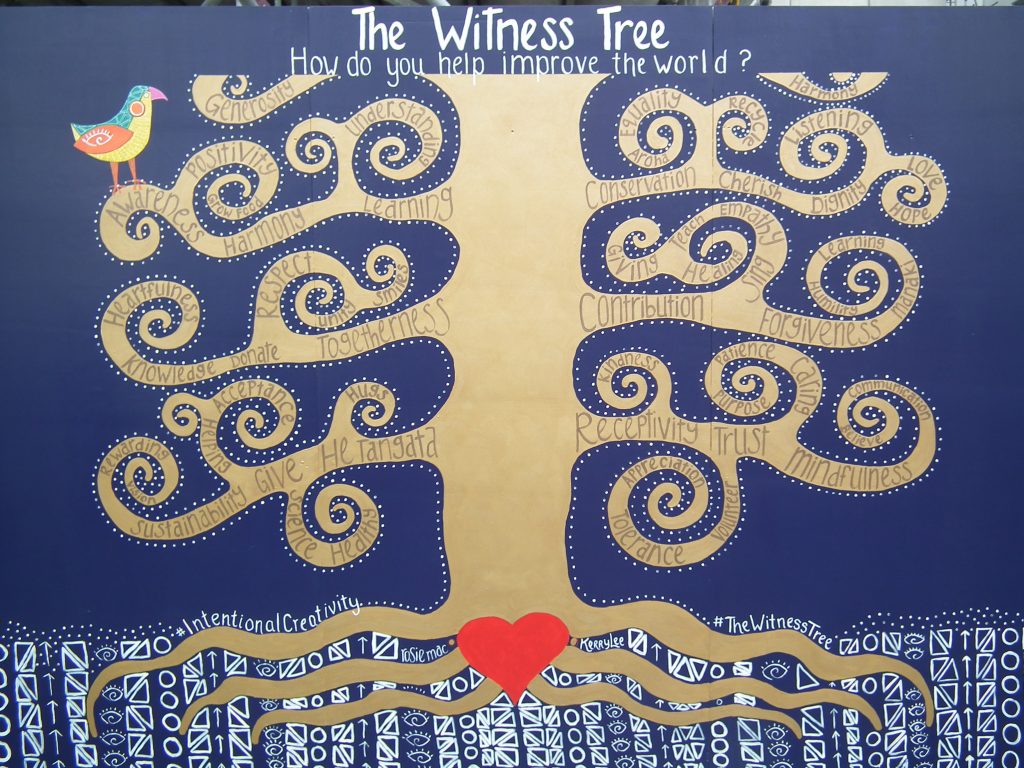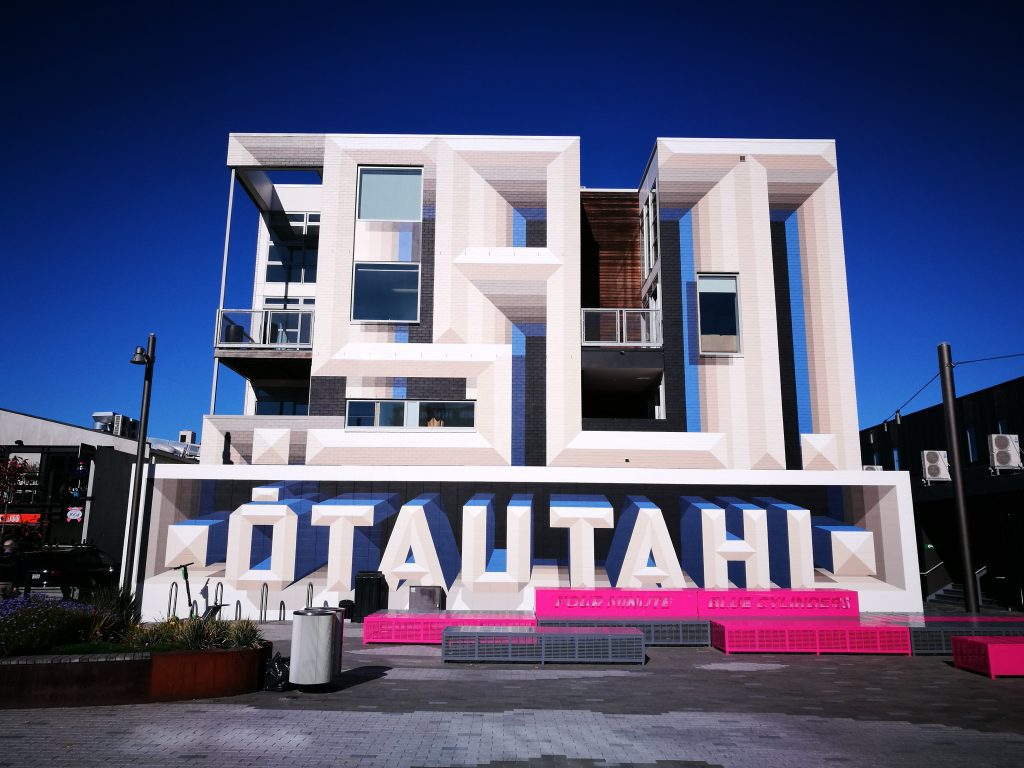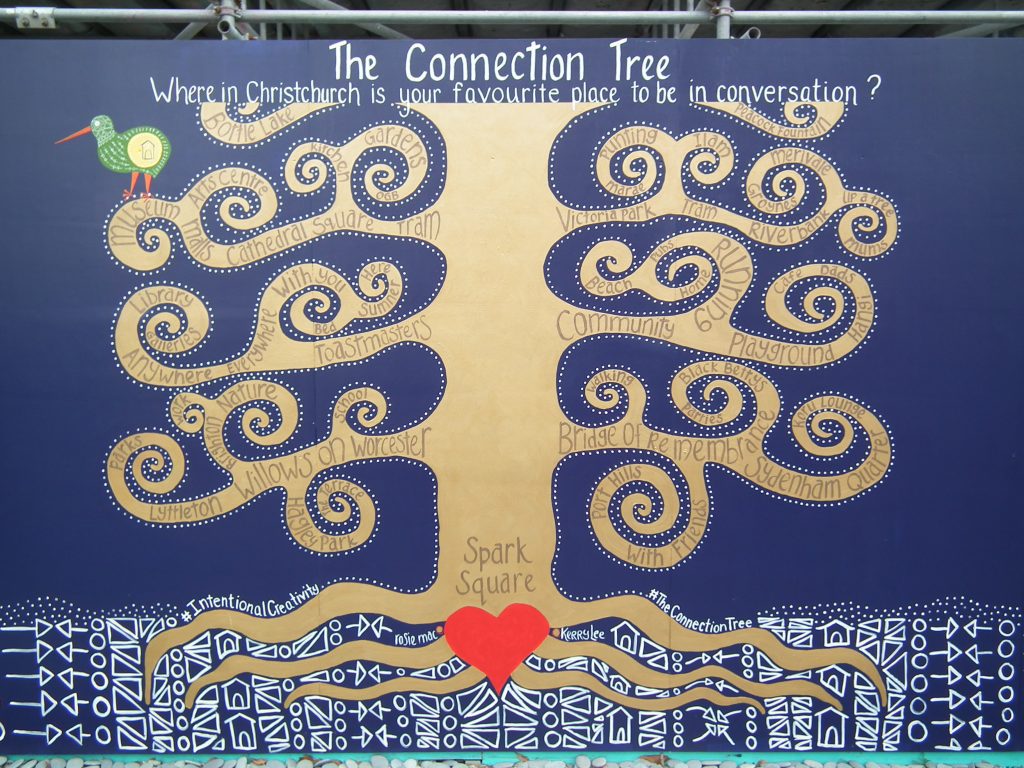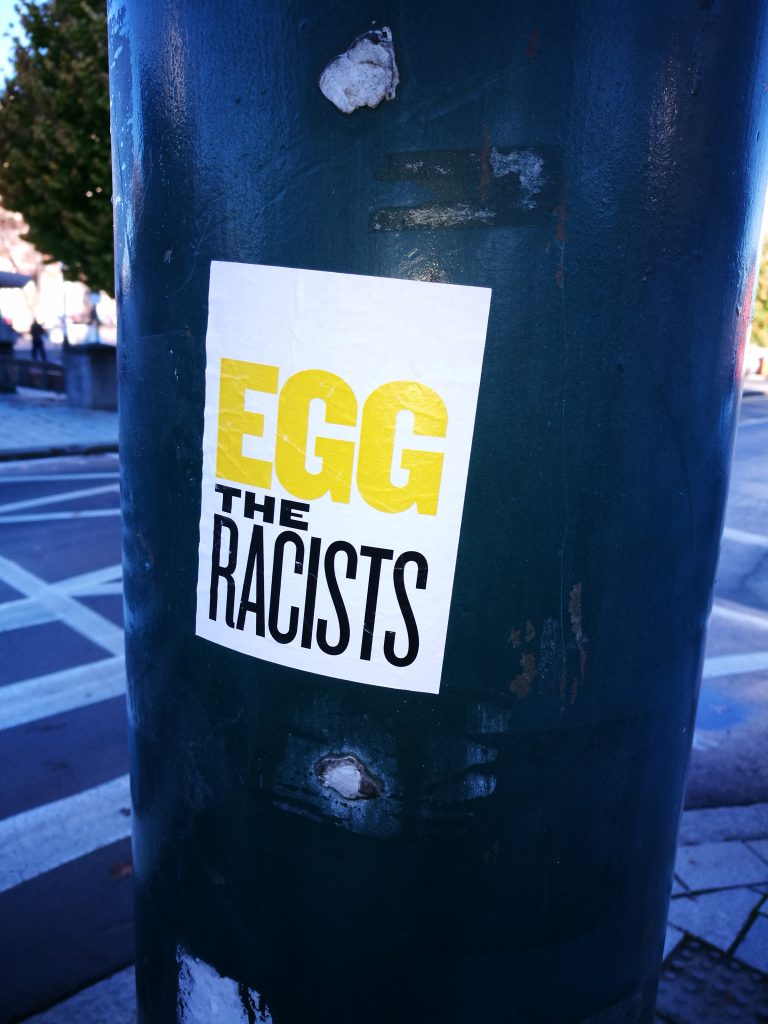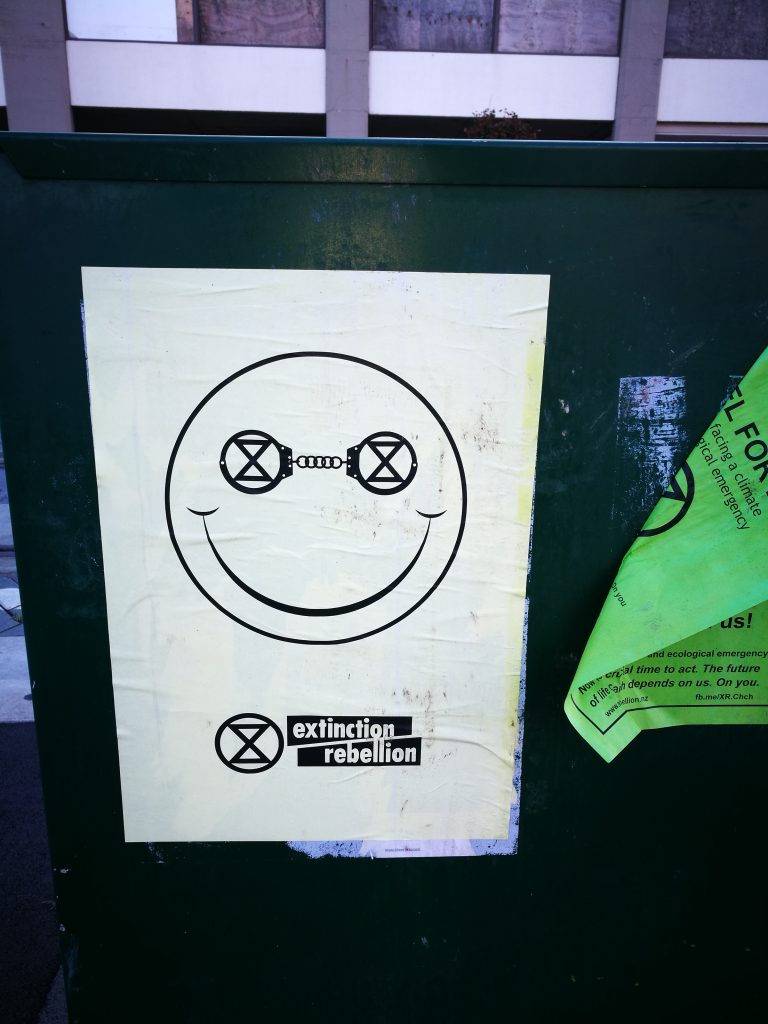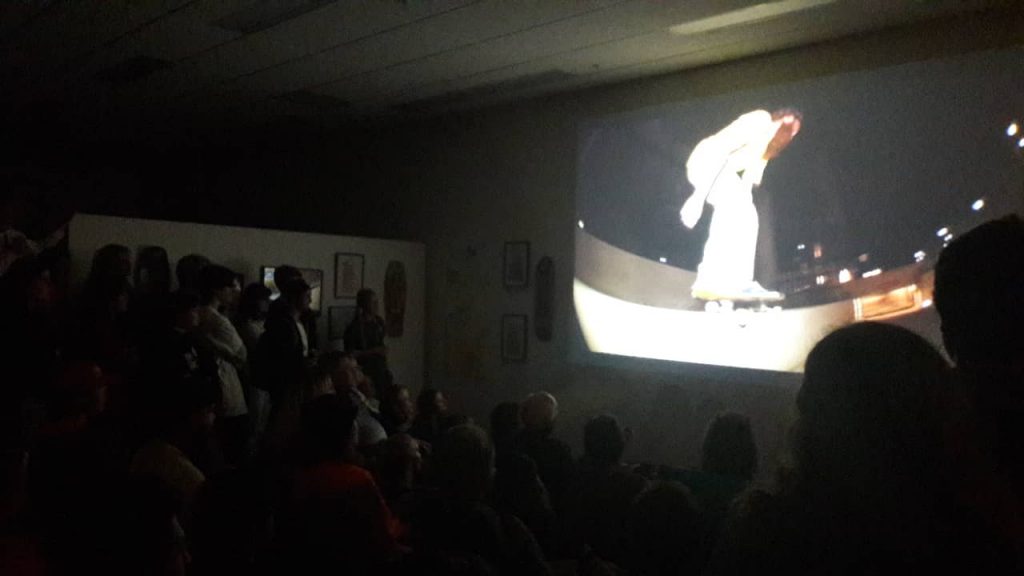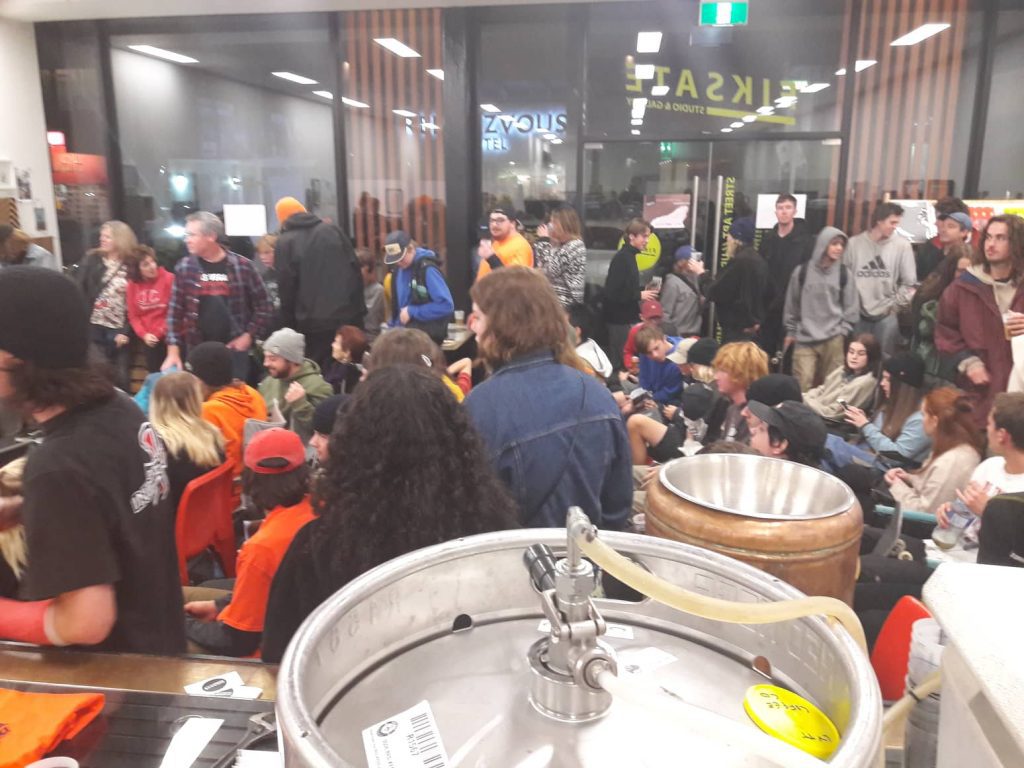Back at the beginning of the year, Ikarus shot me a heads up that Wellington and Aotearoa hip hop legend Juse1 (TS crew) was in town for the second annual New Zealand International Tattoo Expo and suggested I try and interview him. Much like Ikarus, Juse has a lengthy history in graffiti, but his exploits also spread across the realms of hip hop, notably as an MC. On his last day in town we finally got to sit down and have a chat, grabbing a coffee while local artists VROD and Sewer prepped a wall for a colab in the Hereford Street space. Not only is Juse a dope artist, with a can, a microphone or a tattoo needle, he is also a thoughtful figure whose experience has given him insight into graffiti writing, hip hop culture, the relativity of creative processes, and the importance of learning throughout life. Sitting down for a while and listening to him talk, it was clear that he has a lot of wisdom to pass on to the upcoming generations, much like he acknowledges having learnt from his influential mentors…
I know it’s your last day in town, but I will still say welcome to Christchurch! I was looking through your Instagram feed, and one of the things that I got to thinking about was the idea of tradition. Not in a regressive way, your work is always fresh, but there is a clear respect and reverence of the traditions of a lot of the different realms that you occupy, right? Is that a big thing for you?
Yeah, not always consciously pushing it as tradition, but I guess it’s my foundation and it’s something that I have learnt. I always found that when you plant a foundation and you decide to build from it, it is always going to influence some way or another the work you might be doing ten years, thirty years later. I guess in a way, I’ve never been one to drastically jump, whether it be my [graffiti] style or my rhymes. I guess it’s me as a person as well, I kind of tie that not only within hip hop, but also being of Samoan culture as well, it does play as an influence into my creative aspects. The culture is something that is sort of engrained in me, so it comes through. Learning history for me has always been really important, and I guess the more knowledge you gain from history, it influences what you do and how you go about doing things, and how you approach it from all the different perspectives you have, you know what I mean?
You mention those two elements: graffiti writing and rhyming. I have recently been reading a lot about pre-hip hop New York graffiti, the early seventies and the guys who were just as much listening to psychedelic rock, soul and disco, stuff like that, and I was thinking, New Zealand’s possibly a bit different. Because of the time graffiti arrived, you almost can’t remove it from hip hop, right? Hip hop and graffiti are so tightly entwined. Did you get into writing through hip hop as a culture, or did graffiti provide a pathway to the other elements of hip hop?
For me, it came with hip hop. Visually I saw graffiti first, like in the eighties, around my neighbourhood. There were dudes getting up and doing full pieces when I was a kid, but I didn’t know what it was because I was a kid. But when I actually started to get into it, and found out what it was, it was through hip hop, through early Source magazines, through album covers, stuff that my older brother would bring home. I was young so I couldn’t access it at all. Everyone caught a tagging buzz in like 1990, and from there, we just kind of grew. Like you were saying, it is linked with hip hop, but graffiti in itself, the energy of it, can relate to so many things and I guess that’s why so many people who don’t necessarily come from a hip hop background can relate to it just as well. It’s kind of universal in that way. The energy of graffiti is to get busy, it’s a movement in itself, but it can attach itself to all these different genres…

It has all these off-shoot variations…
Yeah, but personally, it was through hip hop for me. It was through the album covers and the magazines…
When people think about your hometown, Wellington, nowadays they probably think of the trendy hipsters…
The cafes! There’s a lot of coffee there, bro! (Laughs)
But Wellington is also such a key place for hip hop in Aotearoa; the Upper Hutt Posse, DLT… When you look back, do you appreciate that importance?
Yeah, I really do man. Growing up there, before I started travelling around and meeting other scenes, I took it a bit for granted. But going away and coming back, I realised that the city and the scene itself was special. I mean the city, in terms of the environment, allows for people to see each other often. It’s not a big city, but geographically it is centralised, and if you have got to do something, you all come to town. You can stand in the middle of Wellington and guarantee you are going to see at least three people you know. In regard to the hip hop scene, that was a real way for people to link, because everyone could get to one point, and just share whatever they had. I think with the hip hop scene in Wellington, I’m lucky enough that generations before me are still active and are still around, you know what I mean? It’s something I’ve noticed a bit more than in other cities. When I say generations, I mean people who go way back, watching That’s Incredible! [An American television show from the early eighties that became an important early influence on New Zealand hip hop due to performances by b-boy crews] There are still dudes that turn up to the graf walls, or the MC jams or battles, and you still see them. The benefit of having these local pioneers around is that the knowledge is shared, and the scene just grows from generation to generation…
That must be important due to the fact that comparatively, New Zealand has a smaller cultural history in that regard, right? Even looking at those older scenes around the world, many of the older participants kind of disappear and then pop back up, especially now that there are more platforms of exposure, if you think again about the figures from the early New York scene…
The guys who disappeared and then popped back up…
Yeah, like all the photos of Taki 183 at different events over the last few years. I think there was even a photo of Taki and Cornbread meeting for the first time not too far back…
That’s crazy! (Laughs)
So, in places where there is an older culture, those figures can ghost away and become legends, but when they are still around, as you say, it helps feed the culture, the traditions, but it also helps people develop because they can see that historical lineage, right there…
Yeah, if you ever had questions, they were around. The thing Wellington was known for across all the realms, was a being a little bit hard-headed in regard to teaching. If you weren’t doing it right, you were told you weren’t doing it right, you know what I mean? It wasn’t necessarily, do it like me, but just that you’re not doing it right, if that makes sense. It was a harder form of guidance and if you got shut down, you weren’t expected to stop and disappear, you were expected to go work on your shit and come back better. That was kind of the teaching through all of the elements of hip hop, from DJ’ing to b-boying, to writing and MC’ing. Even fashion sense, like if you were trying to rock some new shit and nobody was feeling it, you got told: ‘That’s just wack, bro, don’t come back to the gig looking like that!’ (Laughs) In a way a lot of people, from outside the scene, thought that it was quite snobby, or kind of elitist, but to me it was just a firmer hand to teaching, you know? It wasn’t as cutthroat as people thought it was, but it appeared that way. I definitely see why people can see it that way…
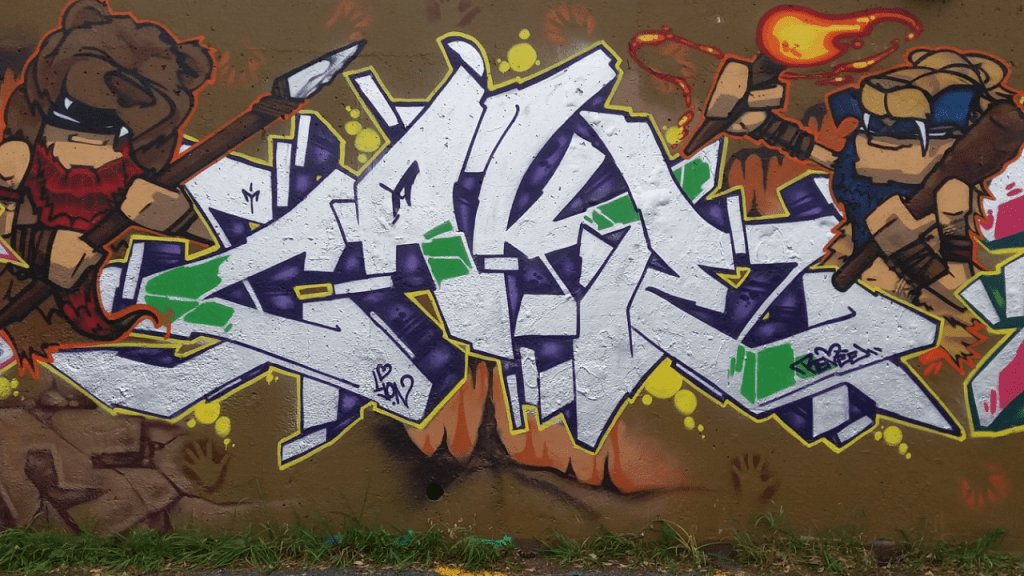
Does that approach help crystallise your own views? That hard-headed-ness, as you say, it’s not, ‘do it this way’, it’s just, you’re not doing it correctly, and surely that helps crystallise an approach in your own head because you are being forced to think about it more and more….
Yeah, it does…
So, did that ensure that you developed a strong, enduring philosophy about letterforms, and how you make letters? Obviously for a lot of people, there’s a science behind their construction of letters, and some people talk in great detail about how they build depth and use negative space, those sorts of things. Is that something that you have developed through that expectation of having to go away and perfect something?
Yeah, definitely, like not just in the elements of hip hop, but life in general, you’ve got to keep learning and studying, especially if you love what you do, and you want to rock it for a while. You should take your own time and discipline to really break down exactly what you are doing, why you are doing it, and yeah, it definitely relates to that teaching that if I wasn’t doing this right, how do I make it right? Not just to please someone else, but for yourself. How can you get the best out of every letter for example? Like, if you’re doing a five letter wildstyle, one letter itself has to be dope before you start doing the next letter, then the next letter, then the whole thing is going to be dope. So, stripping away all the bells and whistles of a letter really helps. For me, each letter, each angle, each arrow, has to be on, you know what I mean? That teaching definitely helped with that, you can’t just be throwing shit around, because it doesn’t really have a foundation or a sense of why it comes from there…

The other aspect is that when it comes to things like composition, colour, balance, those formal aspects, the beauty of graffiti is that it’s not beholden to established ideas that that they would teach in painting classes, right?
Yeah, like red and pink don’t go together, that sort of shit?! (Laughs) Graffiti writing is anti-establishment in most ways…
Yeah, so in graffiti you can find any sort of combination that pops or reflects some idea or reality, or is simply created out of necessity, right? You had these colours, it was what you could get, so that’s what your painting…
That’s it, that’s what you had. But also, the drive was to be seen, to be noticed, so smashing together colour combos was how you achieved that.
At the same time, because you’re not necessarily subject to the normal expectations, you do need that kind of guidance I guess in some way, but you’ve also got that freedom to experiment within all of those things as well…
Yeah, that’s it. You need some knowledge of foundations in all aspects of life.
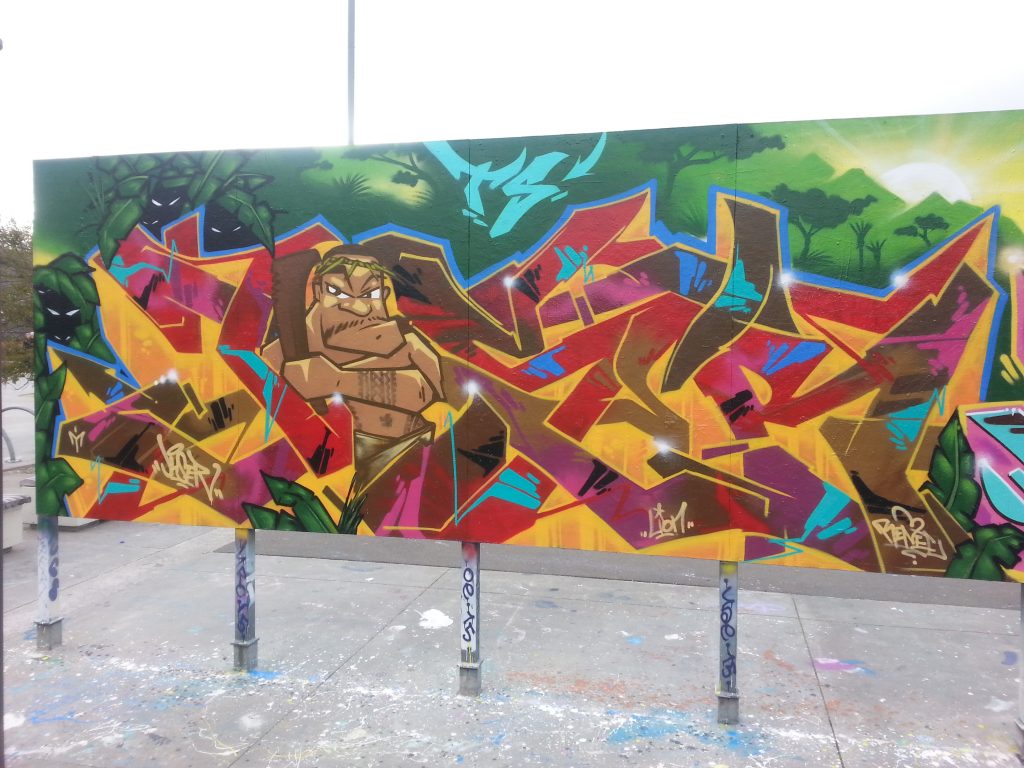
Having been active for quite a while, what’s your take on Wellington’s, and more broadly New Zealand’s, graffiti scenes at the moment? Can you define scenes from city to city anymore, or is it becoming too difficult?
Nah, it’s muddy! I’m not saying that it’s wack, but in previous eras you could see definite influences from prior writers instantly. Nationwide you could see it, from generation to generation to generation. You could almost see what the writers were doing at the time, and who they were looking at around the local scene. I’m not saying they were biting, but the influence was there, the style was there. You could define writers from Auckland, Wellington or Christchurch, all quite clearly. I’m just talking about New Zealand at the moment, but on a global scale, I think now, you can’t really tell who is from where, because people take influences from everywhere, and put it into one piece, which again isn’t a bad thing, because everything changes and everyone experiments, and with graffiti, it opens up. It’s a realm where there are no rules. I suppose, it’s like, you could do what you want, just make it look dope, you know what I mean? I guess for me though it started changing, and the internet has had a huge influence. You have more access to stuff than ever; you can see shit from anywhere. But the other thing, the biggest thing, is that people stopped learning from other writers, and started self-teaching. To an extent that can be detrimental because you don’t really find out the whole knowledge on it…
Things aren’t just done for one singular reason, right? There’s always more going on as to why something is the way it is, and you need that depth of knowledge to really push it further, otherwise you are only getting that first layer…
And even on top of that, it had a wider effect on crews, because people were going out and learning from pictures, they didn’t really need other people to bounce ideas off or get energy from. I notice a lot of writers are solo these days, they don’t really roll as big crews anymore. Crews had heaps of roles back in the day, like for protection, if you go to a wall in numbers and shit, it became about strength in numbers to a certain extent. But at the same time, the unity of writers is kind of breaking down, it’s more about: ‘I’m doing this’, ‘I’m going to do that…’ So yeah, it’s kind of muddy in the sense of style and influence…
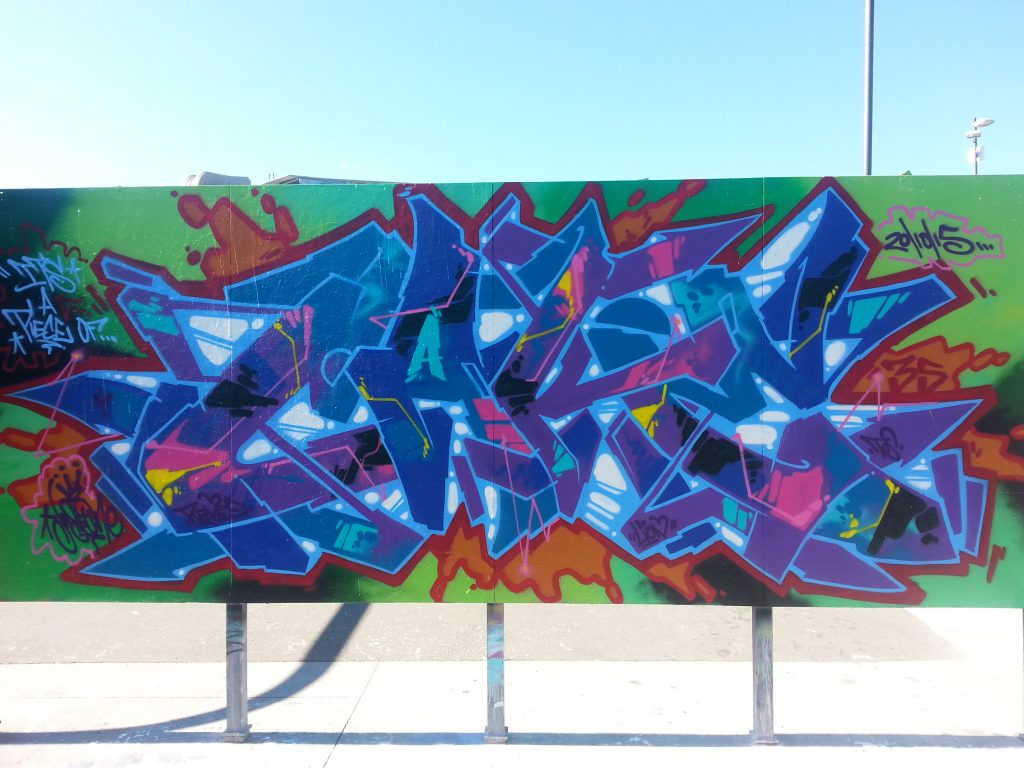
There’s possibly also more mobility as well, right? Like, going back to that global scale, it’s easier to travel now. Also, while it is still a youth culture, it’s not only a youth culture, because you now have people who make their life travelling and painting, right? So, there is definitely a different sense of fluidity and the flow of information and influence is making it all a different game… What about Christchurch and what’s going on here in terms of what you have seen over the last few days?
I’ve been here for a few days, and it’s been a while since I’ve been down, like four years I think, so having a look around is good. I was talking to Ikarus, who obviously is one of the main dudes here, and the older guys in the scene are doing a good job from what I can see, because there is a lot of influence. There’s a range of styles around which is cool as well. But also, people are putting a bit of effort into their burners. When you see people getting down next to each other they make the whole piece work, and you can tell there’s a bit of teamwork going in there, there is a shared understanding. I also haven’t seen much crossing out or capping. You guys have got way more walls than ever now, so there’s probably no reason to cross out people! (Laughs) But I like what I see in the Christchurch scene, there are dudes that just specifically do characters and do them well, there are guys that do backgrounds, and then there are guys rocking letters. There are still a lot of hits around too, which I like, even though there are a lot of legal spaces, people are still bombing and tagging. It looks healthy…
Because of the story here, the murals get all the attention, but of course, when you are thinking about the scene from within the culture, that whole spectrum is important, right? There are the hits, as you say, the handstyles, as well as the throwies and rollers, and when your eyes are open in a certain way, you get as amped seeing a nicely executed throw-up as you do a massive piece…
Yeah, for sure. A throwie, man, if the flow is all there, if you can tell they did it all in one line, man! One-line throwies, whoever masters that shit, that’s hard to do! Especially depending on your name. So, yeah, the scene here looks healthy, man. I guess on the flip side, compared to Wellington, there are dudes who are definitely in the scene, bombing and tagging, but not really pushing it much further, if that makes sense. And of course, not everyone wants to. Some people just want to fuck shit up, and that’s cool, that’s the energy of hip hop. There were a few crews coming through a few years ago, but they all seem to have stopped for some reason, and it makes me wonder why? I’ve been talking to Ikarus about what he’s been doing here, and it’s been good knowledge, it’s been good bouncing energy off someone who has been around the same time as me and has seen everything.
I was talking to Berst a while ago, and he said he found over time that there is this kind of five-year cycle for crews to blow up, to become really prominent, and then disappear, and a new crew comes up. I found that interesting because it is sort of indicative of a certain age range, of ‘growing up’…
Yeah, life comes up! Families and shit, jobs, and then people either stop or they keep pushing. I’ve known some real dope writers, from all ends of the scale, some real style masters, and they just stopped, they don’t paint anymore, and again, it makes you kind of question, why?
Changing direction a little bit, you are down here for the Christchurch International Tattoo Expo, which is another of your creative outlets. There is a strong relationship between graffiti and tattoo. In my mind at least, there are several things that suggest why that relationship was fostered; there’s sort of an outsider quality to both, there’s the idea of that alternative canvas, although in each case very different canvasses or spaces to master, and then there are skills you learn writing graffiti that translate into tattoo, like that certainty of line and mark-making. I’m always fascinated watching someone write a tag to see the refined and certain flow of movement of their hand and arm, how almost intuitive or engrained that movement is. Does that relate as a big part of that transition between graffiti and tattooing?
That definitely does, that fluidity of line and being sure of it, because especially when you’re painting you’ve got to know your start and stops and techniques, and so that mindset comes into play. I say mindset because the physical aspect of it is different, with tattoo you have a 3D surface, so a straight line is no longer a straight line, it’s a curve, and its permanent! (Laughs) It moves, and it cries, and it bleeds, it does all that shit! (Laughs)
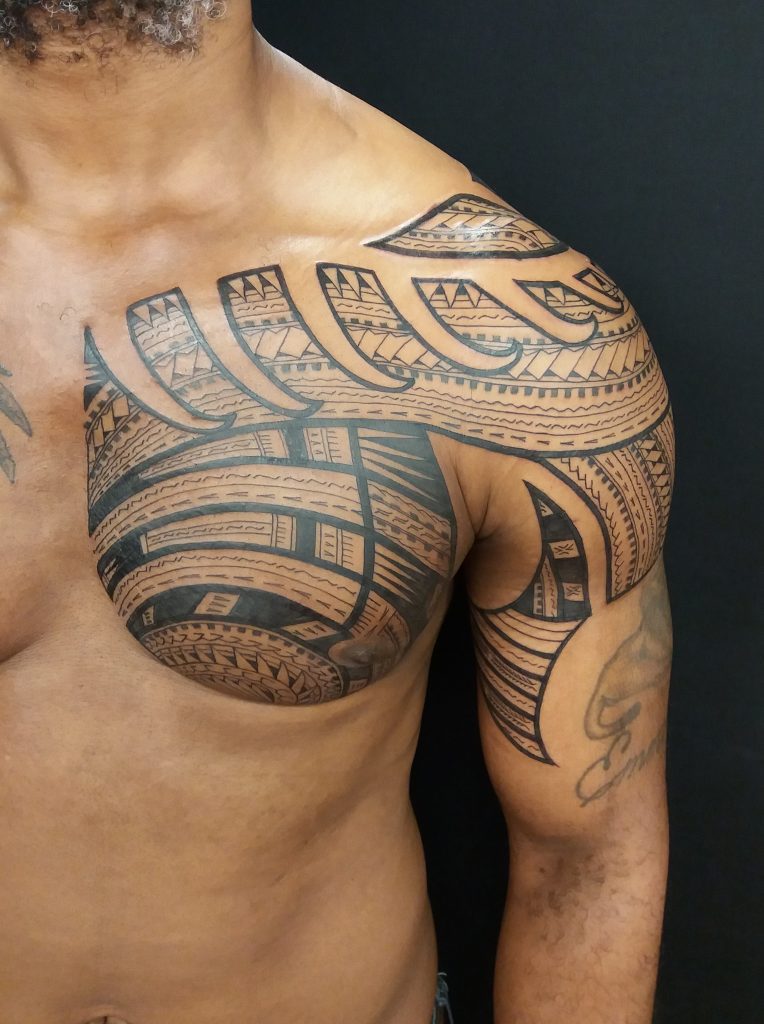
It also has a different scale, right?
That’s the other thing, going from painting something humungous to miniscule, that’s kind of a mindfuck at first! But composition is important for a writer anyway. You’ve got to transform your outline from an A4 sketch to a painting a couple of metres wide, so you’ve already got that transition of blowing shit up. The same mindset applies to bringing it back down. I feel like it doesn’t take too long to adjust if you have a writing background, because tattooing is a natural progression for a lot of graffiti writers. But I also think tattooing, like graf, allows all walks of life into it, you can come from any background and make something dope. Definitely, the technical side of things, drawing and just being active, in that sense, translates really well into tattooing. Even the idea that when you are bombing, or painting, you don’t actually touch the wall, you don’t touch the surface, and in a way when you are tattooing you don’t really touch the skin, the needle does, but you do float a bit. So, there are those elements that translate as well. People bug out about how you can go from a fat cap to a fine round liner, but it’s good, I find it really good for me in the sense of balance. If I’ve been tattooing all day, I find it relaxing to go out and bomb something big. It’s different. Switching energies is good. Then vice-versa, before I was tattooing, I was actively doing a lot of painting, commissioned works were my day to day, and to sort of swap that for day to day tattooing, it was a nice shift, you know…
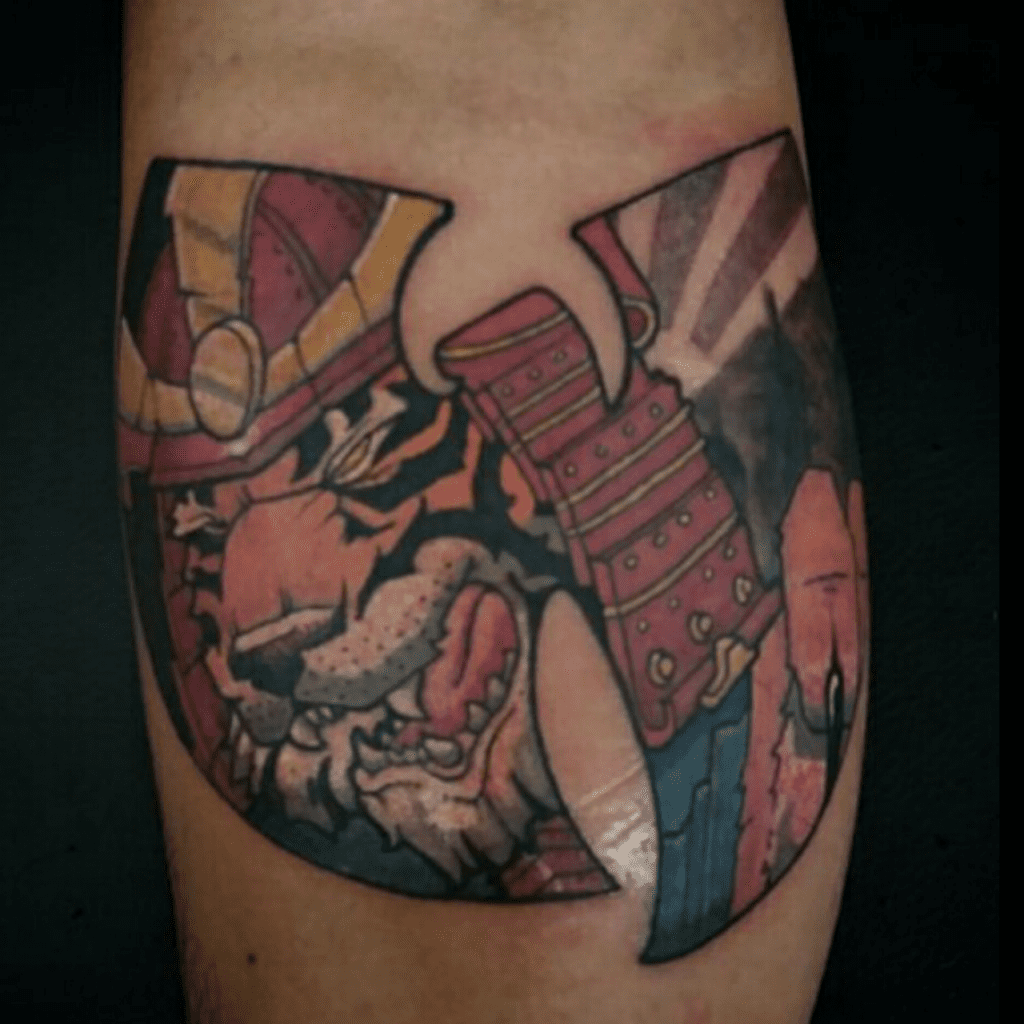
Is the blackbook work the middle ground that sits between the two?
Yeah, that’s the grey area! Fuck, that’s a good way to put it…
What about that flow of influence? Do you now find that one influences the other more, or is it quite an equal flow? Does what you are doing tattoo-wise start to influence more of your writing, or does what you are painting influence the tattooing?
It hasn’t yet. For me, with writing, I’m still pushing my own development in letter style. I’ve always been a fan of wildstyle, like well-balanced interlocking, overlapping, twisting around wildstyle. That’s something that even though I’ve been doing it for twenty years, I still don’t feel like I’m mastering what I want to do in my head, so every piece I do I’m pushing a little bit toward that. When it comes to tattooing influences, I guess, the only part that has come through in my writing has been my Samoan background and adding elements of that to my graffiti, and there are a couple of reasons. I was doing that before I was tattooing. Guys like DLT, Daniel Tippett, Opto, Agent and also the legendary FDKNS crew, and for a while, Phat1, they were using moko within their work, and I started using tatau and elements of the Pacific. Dyle was another cat rocking his Tongan patterns in there too. This was in letters and not just in backgrounds and stuff. What I noticed was that nobody puts the Pacific on the map in regard to writing. We could rock letters all we want, but if you put it up next to another piece, you are not going to necessarily say these guys are from Aotearoa or the South Pacific. So, it was more about claiming our identity of who we are. Our original influence was from New York in a big way, but it was important for us to put our hands up and say we love to do this too, how can we make it our own? Not through style necessarily, but by adding what we know is who we are to our work, and I don’t mean just putting some island background, or some trees, I mean adding to the letters, adding to the piece, creating something out of that…

Actually changing the letterforms, because the letters become the vessel, right? They are a form to subvert, so by making those relate specifically to that cultural influence is important and unique…
Like having a taiaha for an ‘I’, or a hook or a weapon as a letter, because letters are symbols, alphabets are full of symbols, and the way they can interrelate like that is awesome. And it actually works, I’ve had people from New York, pioneers of the game, say: ‘I really like what you guys do…’ They don’t understand it at first, but they like it. (Laughs) But once we told them, they would be like: ‘Oh shit, amazing!’ So yeah, we are adding an older artform on top of an artform, to grow and create something new, which I think is dope…
Absolutely, and there is a rich visual culture to draw on from Polynesian culture. You also just touched on something that I have to ask about, looking through your Instagram feed, there are pictures with Crazy Legs and members of the Wu Tang Crew, in hindsight, is it hard to believe some of the people you’ve met?
Everyone! I count myself blessed in many ways, in that not only through the graffiti side, but also through the MC side, I’ve met a lot of people I’ve literally learned from, through their albums, through their artworks. I never ever imagined that one day I’d be touring with Ghostface [Killah] or having a cipher with the RZA, or one with the GZA, on separate occasions, smoking a joint with Method Man, meeting KRS One, Nas, all these cats bro. Then on the graf side, and even the other elements, I’ve met Mr Wiggles, kicked it with Crazy Legs. There’s too many to name. I kind of forget, and I’m like, fuck that actually happened! But one of my mentors, Kerb1, he told me many, many, many years ago that real hip hop is a small world. I didn’t really get what he meant by that. But now, twenty years later, I think it means that the energy that is shared amongst like minds, means names and fame don’t really come into it, because real recognises real. If you can get on a certain level, and connect on a certain level with that person, it’s good…
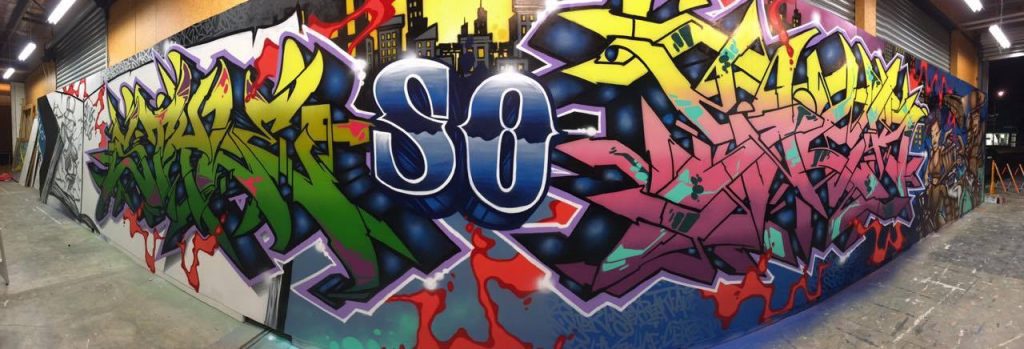
Do you think that is partly because hip hop was born, specifically in Washington Heights, but in those neighbourhoods, those boroughs, and that mentality of small scenes, even though it went global, hasn’t really changed in terms of understanding or connecting with people…
That’s what it’s about. The elements are tools, and the tools connect communities and people. When people say hip hop, they think of the music of course, because that’s the most commercially recognised thing. But when you break it right down, hip hop is about community, and it’s about people, without people there’s no hip hop, you know what I mean? Hip hop was the tool to help celebrate people being together, or how to connect with another person. So that mentality, from a small borough, no one thought it was going to go worldwide when they started it, but the energy that was created is recognised throughout the world because it happens everywhere, and like you say, that’s what brings people together…
The need for connection is universal. Nearly every subculture has that power to a degree, but for hip hop it is so holistic, because it combines music, dance, visual arts… It takes all the cultural ideas you need to make a deep, sustainable culture, rather than just one primary aspect. Having those four elements makes it so cohesive and inclusive…
It makes it accessible to everyone too, like if you can’t dance, you might be able to paint, if you can’t paint, you might be able to scratch…
I think I remember reading in a Source magazine article years ago a description of the four elements, with the MC as the bratty little sibling who makes all noise…
The loud one! (Laughs)
The DJ was the quiet studious middle child…
The watcher, the observer.
Then graffiti was the black sheep, the older one who left home…
The one who bailed! The rebel who leads everyone else astray! That’s sounds about right! I like that description!
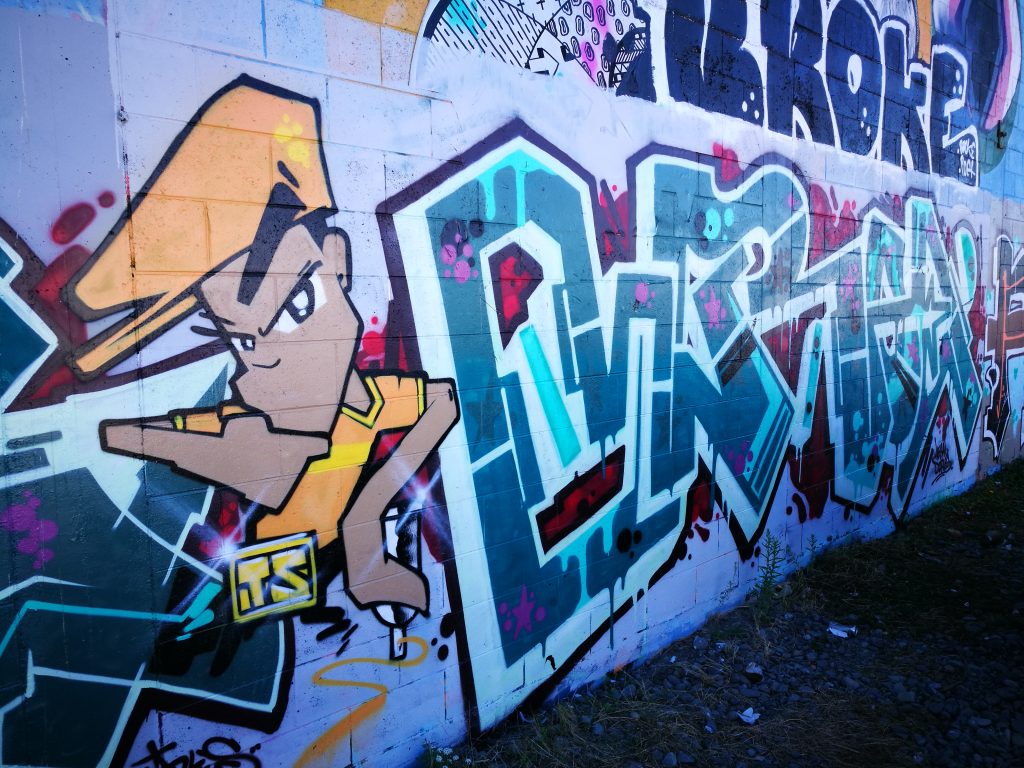
Thanks for sitting down, it’s been awesome to get some insight from your long involvement in the game, and across different realms too…
It’s not as long as some people, but I’m still there! (Laughs)
Sure, but for some people five years is an age…
For sure, I never thought our crew would hit the twenty-year mark, but we did, and we are looking at thirty years soon. Three of us started the TS crew back in 1996, and I never thought it would develop into what it is now, so yeah, it’s a good thing. But like I said, having those pioneers still around has been important. My bro Kerb, he’s been around since 1983 and he’s still writing to this day, he is still a huge influence in what our crew do. So yeah, I guess it is a long time! (Laughs) I’ve been around a bit, but it’s a crack up, these young cats that Ikarus hooked me up with while I’m here [Sewer and VROD], I was telling them about some of the history here, and they were like: ‘Oh, have you been to Christchurch before?’ Twenty years ago was my first time here in Christchurch, I was here in 2000 for the Hip Hop Summit. They were like: ‘I was born then!’ (Laughs) It’s good though, to meet the next generation and kick it with them, to see where they are coming from. I need to do more of it in Wellington…

